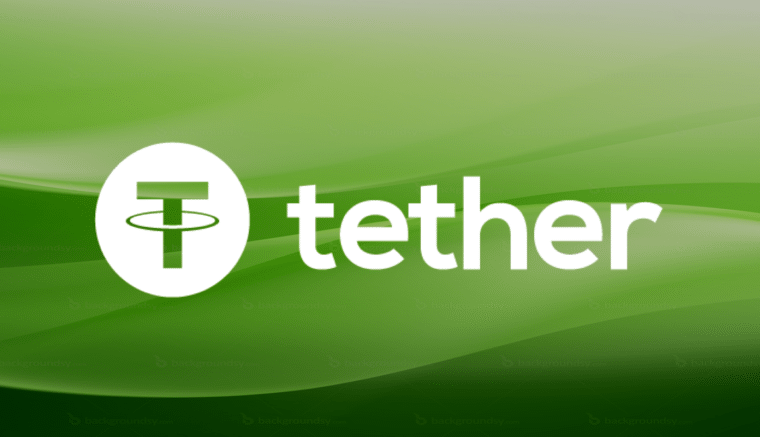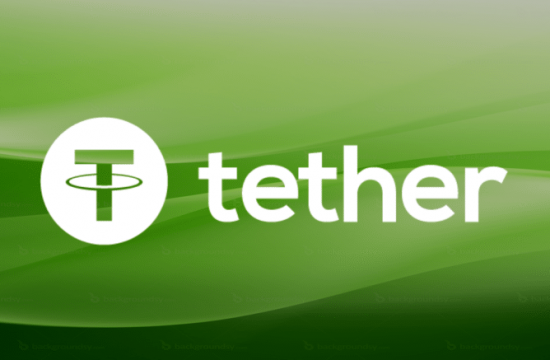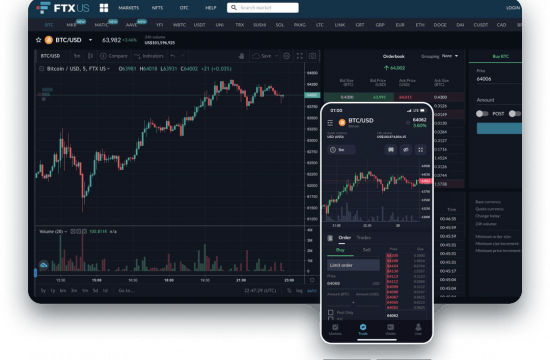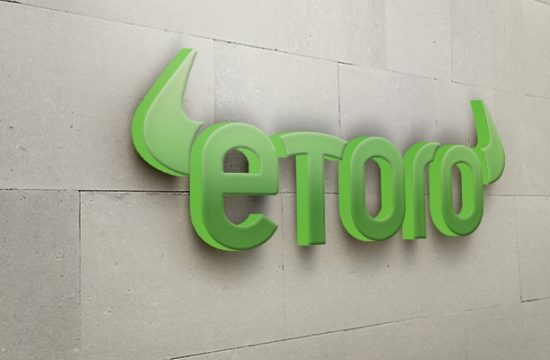Tether, which is behind the dollar-backed stablecoin USDT, has responded to a Bloomberg report that claims its executives have used its fiat and crypto reserves to make risky investments.
On Thursday, Bloomberg ran an article titled “Anyone Seen Tether’s Billions?” claiming that Tether invested billions of dollars in short-term loans to large Chinese companies – including Evergrande, which is facing one of the world’s largest-ever defaults.
In mid-September, however, the stablecoin issuer denied holding any commercial paper or securities issued by Evergrande, which has total liabilities of more than $300 billion.
Bloomberg editor Zeke Faux added that he obtained documents showing a detailed account of Tether Holdings’ reserves. In addition to loaning the embattled property developer, Tether had allegedly made loans worth billions of dollars to other crypto companies, with Bitcoin as collateral. One of them is Celsius Network, a cryptocurrency lending and borrowing platform, that allows its customers to earn a return of up to 6.2% APY on their idle digital assets.
Faux claims that Celsius founder Alex Mashinsky told him that his company pays an interest rate of 5% to 6% on loans of about 1 billion Tethers.
“As far as the regulators are concerned, the size of Tether’s supposed dollar holdings is so big that it would be dangerous even assuming the dollars are real. If enough traders asked for their dollars back at once, the company could have to liquidate its assets at a loss, setting off a run on the not-bank. The losses could cascade into the regulated financial system by crashing credit markets. If the trolls are right, and Tether is a Ponzi scheme, it would be larger than Bernie Madoff’s,” Faux added.
Tether has issued a response to the recently surfaced report on the company’s website. The company denied the findings of Bloomberg’s paper, even accusing the author and its sources of unethical motivations.
“The Bloomberg BusinessWeek piece published today is a one-act play the industry has seen many times before, taking snippets of old news from various places and dubious sources, and making it fit a pre-packaged and pre-determined narrative,” the company said.
Tether — which claims to back its tokens 1-to-1 with the US dollar to ensure stability in value — said the reporter relied on John Betts, the former head of Noble Bank, whom Tether fired as its banker. The company added that it’s already suing Betts for engaging in “egregious and wasteful self-dealing and seeking to enrich himself at Noble’s expense.”
“It shows a complete lack of diligent research and is filled with outlandish anecdotes that are not geared toward ethical reporting but character assassination. This story works hard to discredit Giancarlo Devasini and Tether’s executives with sources that are far from credible,” Tether concludes.
Earlier this year, Tether revealed a breakdown of its reserves showing that 76% of its holdings were held in cash or cash equivalents. The remaining portion was invested in secured loans, bonds, and other investments that include Bitcoin.
Also in February, Bitfinex allegedly paid back another $550 million to Tether to cover more than 100 percent of its $750 million loan facility they took out two years ago. The stablecoin printer started to repay the loan in 2019 by transferring $100 million to Tether’s reserves.
At the time, Bitfinex stated that the last repayment was made entirely in fiat currency, which adds more backing to USDT tokens, which saw its fiat coverage drop to below 80 percent following the credit line given to its sister exchange.
Bitfinex, who shares a parent company with Tether, was accused of using $750 million from the stablecoin reserves to cover up losses of $850 million.












